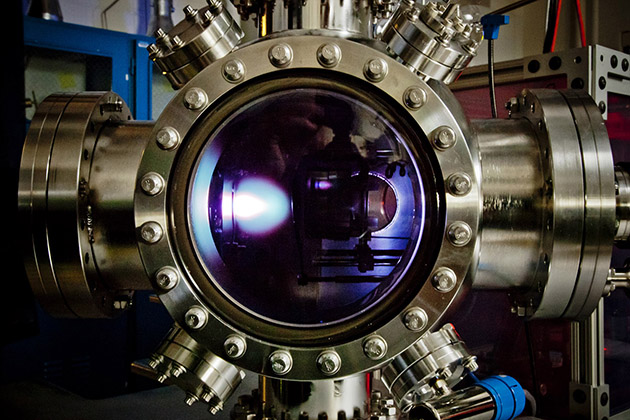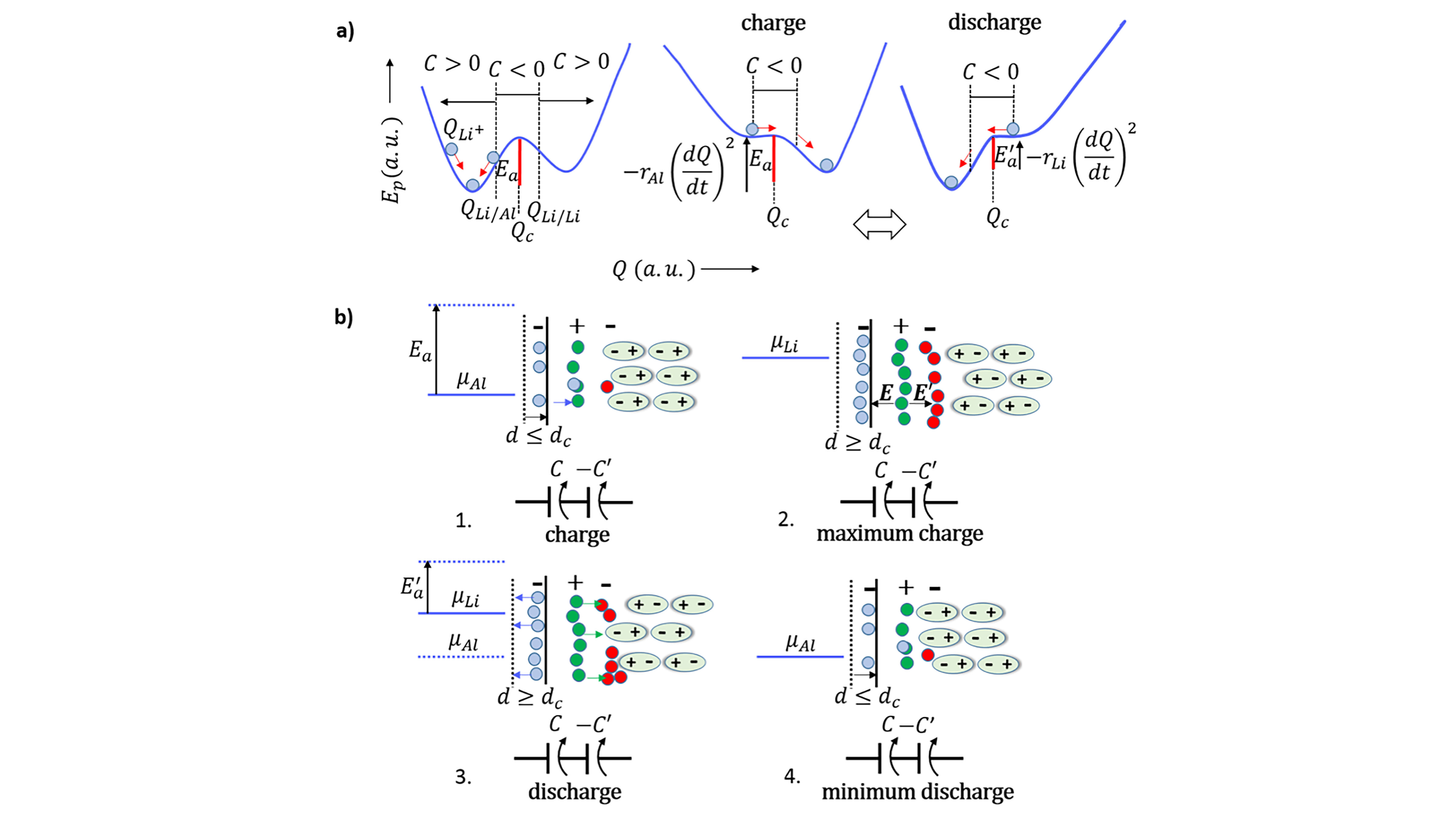Latest research from Flinders University and UNSW Sydney, published in the American Chemical Society ACS Nano journal, explores switchable polarization in a new class of silicon compatible metal oxides and paves the way for the development of advanced devices including high-density data storage, ultra low energy electronics, flexible energy harvesting and wearable devices.
Tag: Ferroelectric
Researchers Discover Predictable Behavior in Promising Material for Computer Memory
A team led by Georgia Tech researchers has discovered unexpectedly familiar behavior in the antiferroelectric material known as zirconium dioxide, or zirconia. They show that as the microstructure of the material is reduced in size, it behaves similarly to much better understood materials known as ferroelectrics. The findings were recently published in the journal Advanced Electronic Materials.

Toward an Ultrahigh Energy Density Capacitor
Researchers at Berkeley Lab and UC Berkeley have demonstrated that a common material can be processed into a top-performing energy storage material. Their discovery could improve the efficiency, reliability, and robustness of personal electronics, wearable technologies, and car audio systems.

Simple Self-Charging Battery Offers Power Solutions for Devices
A new type of battery combines negative capacitance and negative resistance within the same cell, allowing the cell to self-charge without losing energy, which has important implications for long-term storage and improved output power for batteries. In Applied Physics Reviews, researchers at the University of Porto and the University of Texas at Austin report making their very simple battery with two different metals, as electrodes and a lithium or sodium glass electrolyte between them.

A four-way switch promises greater tunability of layered materials
A team from Oak Ridge National Laboratory and Vanderbilt University made the first experimental observation of a material phase that had been predicted but never seen.